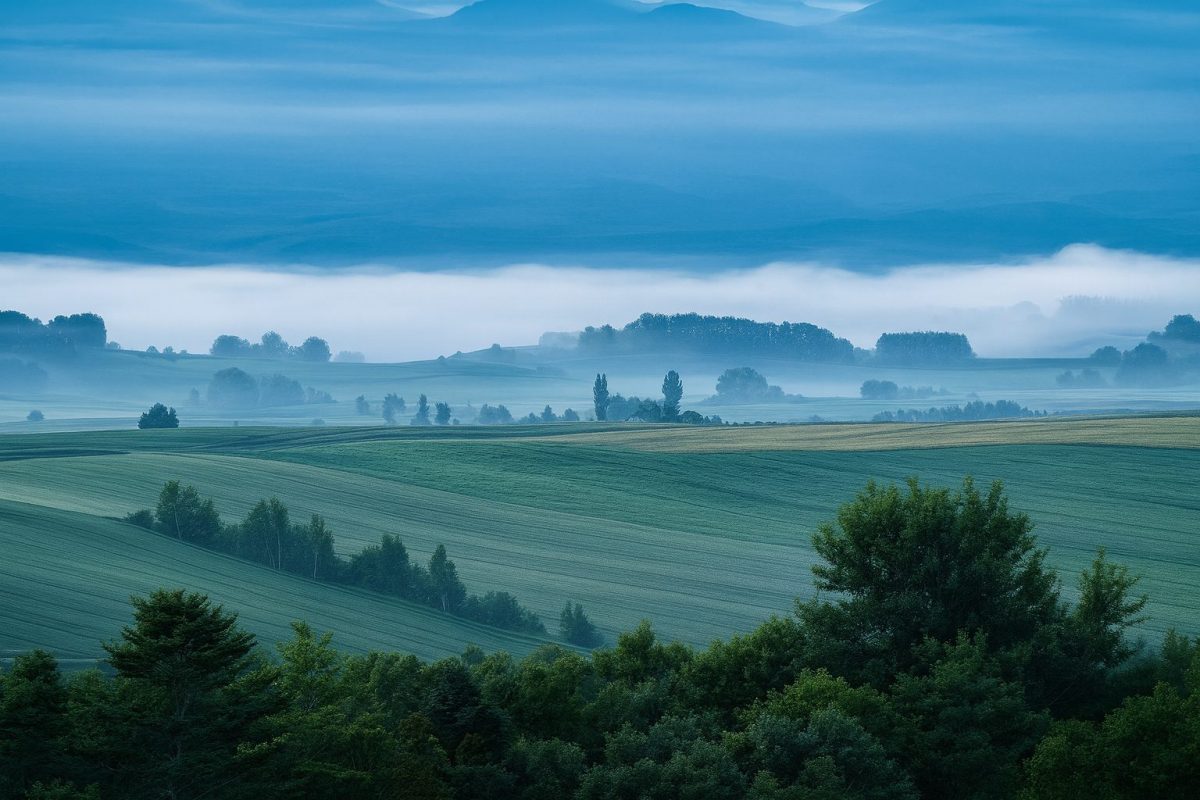| population | 2,793 peoples |
|---|---|
| area | 644.54 km² |
| population density | 4.33 peoples/km² |
Shimokawa Town, located in Kamikawa District, Hokkaido, is nestled within the Nayoro Basin surrounded by the Kitami and Teshio mountain ranges. Once a prosperous mining and forestry town, Shimokawa’s population peaked at over 15,000 in 1960. With the closure of mines, depopulation followed, but the town has since gained national and international recognition for its efforts in building a “sustainable community.” Its pioneering use of forest biomass energy and circular forestry management earned Shimokawa the Prime Minister’s Award at the first Japan SDGs Awards in 2017. The town is also famous for winter sports, producing many Olympic ski jumpers and Nordic combined athletes. Today, Shimokawa symbolizes resilience: a small town redefining itself through sustainable living, innovation, and strong ties with nature.
Culture and Traditions
Shimokawa’s culture is deeply shaped by its history of forestry, mining, and the diverse communities that settled here during the pioneering era. Influences of Ainu heritage remain present, while the town has also embraced its role as an “Environmental Future City,” becoming a model for circular forestry and renewable energy practices. Local dialects of Hokkaido are still spoken, and traditional performing arts continue to be preserved. One notable example is the Kamiyubetsu folk performances, including dances and songs that have been handed down through generations. Winter brings a unique cultural highlight: the Ice Candle Festival, where thousands of handmade ice lanterns illuminate the snowy townscape, creating a magical atmosphere and symbolizing the unity of the community. Ski jumping and cross-country skiing are also deeply ingrained in the cultural identity of the town, with many athletes honored as local heroes. Festivals and traditions that celebrate the seasons and the forest lifestyle make Shimokawa a place where visitors can experience the harmony between people, culture, and nature.
Specialties
- Tomatoes: Known for their high sugar content, Shimokawa’s tomatoes are processed into popular juice and ketchup products. Fully ripened tomato juice is one of the town’s most famous items.
- Handmade Noodles: Introduced from Hyogo Prefecture in the 1970s, Shimokawa’s traditional hand-stretched noodles include udon, somen, and hiyamugi. They are valued for their chewy texture and rich flavor.
- Woodcraft: With over 90% of its land covered by forest, Shimokawa produces high-quality wooden crafts, furniture, and daily goods, reflecting the fusion of forestry and craftsmanship.
- Biomass Energy Products: Wood pellets and other biomass-related products symbolize the town’s efforts in renewable energy and sustainable living.
- Rice, Wheat, and Buckwheat: Fertile soil in the Nayoro Basin supports agriculture, producing mochi rice and buckwheat flour that are widely enjoyed across the region.
Annual Events
- Ice Candle Festival (February): Thousands of ice lanterns light up the winter nights, attracting visitors from across Japan.
- Great Wall Festival (May): Celebrated around the town’s symbolic “Mini Great Wall,” featuring parades, performances, and local food stalls.
- Udon Festival (August): A culinary event highlighting Shimokawa’s hand-stretched noodles, bringing together locals and visitors.
- Cross-Country Race at the Great Wall (May): A sporting event that utilizes forest trails, offering participants both competition and nature.
- All-Hokkaido Nordic Ski Championships (December): A winter sporting event that attracts athletes from across Hokkaido.
Access
- By Air: The nearest airport is Asahikawa Airport (about 2 hours by car). Monbetsu Airport also offers access to Shimokawa.
- By Train: No railway currently serves the town. The closest station is JR Nayoro Station.
- By Bus: Buses operated by Meishi Bus connect Nayoro Station with Shimokawa, stopping at major town facilities.
- By Car: About 30 minutes from Nayoro via National Route 239, and approximately 3.5 hours from Sapporo.
Tourist Spots
- Mini Great Wall of Shimokawa – A symbolic stone wall built by local residents, now a popular walking and sightseeing spot.
- Gomi Onsen – A historic hot spring discovered over a century ago, offering relaxation alongside forest scenery.
- Sattenzan Archive Museum – A facility preserving Shimokawa’s cultural heritage and local history.
- Shimokawa Ski Jumping Hill – The birthplace of many Olympic ski jumpers and a symbol of the town’s sporting culture.
- Gardening Forest Furepe – A lush garden complex serving as a recreation and relaxation space for residents and visitors.
